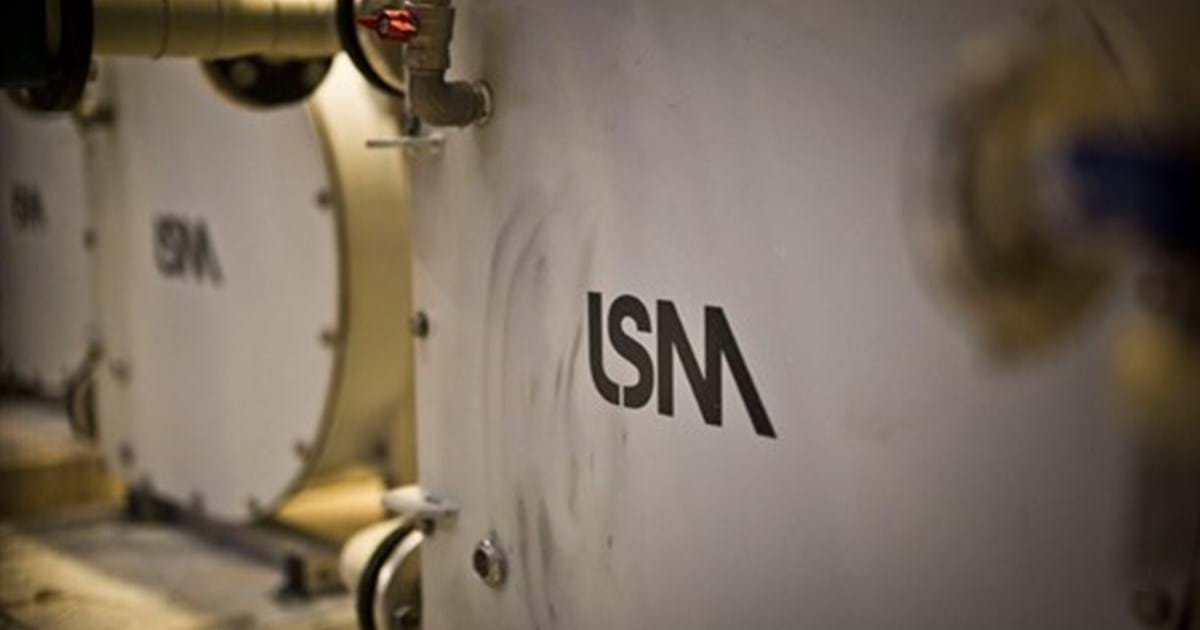LSM Pumps have for many years been suppliers of hose pumps to large and smaller wastewater treatment plants in Denmark. At the smaller wastewater treatment plants small hose pumps are used, such as LSM-10 and LSM-15. These are used for pumping chemicals/polymer into unclean water in order to destroy the particles, which are found in waste water from all households.
LSM has also supplied larger hose pumps for wastewater treatment plants, such as LSM-25, LSM-32, and LSM-40. These pumps are especially suitable for the process of pumping the sludge into a different tank. The sludge can be very dry, since it contains a lot of sand, however, this is no obstacle for a LSM hose pump, since this pump easily manages very dry runs.
Below you will find a short description of the three steps at a wastewater treatment plant
The different processes at a wastewater treatment plant
Step 1 – The Mechanical process:
The wastewater is led through a grid, where the larger particles (Q-tips, sanitary pads, wood, etc.) is sorted out and send of to incineration. Hereafter, sand is extracted from the wastewater. The sand is extracted by sedimentation and is cleaned, so it can be used as covering at waste dumps. The sand primarily comes from roads which is led to the wastewater treatment plants along with rain water. The last part of the mechanical cleansing is removement of grease. Under favourable conditions the grease will settle on the surface, and can be scaled.
Step 2 – The Biological process:
Wastewater contains large amounts of organic material, especially from lavatory use. The organic material can be disintegrated by microorganisms (bacteria). In the biological tanks the wastewater is mixed with active sludge, which is sludge that already contains large amounts of microorganisms. The microorganisms breaks down the organic material. For this process to be successful, oxygen must be added to the wastewater. As more and more organic material is broken down, the amount of active sludge will increase. The remaining sludge is therefore continually removed from the biological tanks. During disintegration of the organic material, a large amount of the nitrogen is removed from the wastewater. Some of the nitrogen evaporate into the atmosphere, and some is used by bacteria for growth. From the biological tanks the wastewater is led into a secondary clarifier tank, where the last sludge sinks to the bottom and is pumped back into the biological tanks. The excess sludge will be pumped onto tanks and hereafter drained off on a press or centrifuge. The sludge will then be placed in a storeroom and later dispersed on agricultural land.
Step 3 – The Chemical process:
Here, phosphate is removed from the wastewater. When removing phosphate from the wastewater, it won’t serve as nutrition for plants in the aquatic environment. Removal of phosphate is done by adding Iron sulfate or aluminum. These substances bind with the phosphorus and creates a poorly soluble compound which settle (phosphorus comes from laundry detergents and toilet water). When the water has been oxidized, it is led out into a nearby watercourse. The water is now as clean that, it more or less has no impact on the environment.



